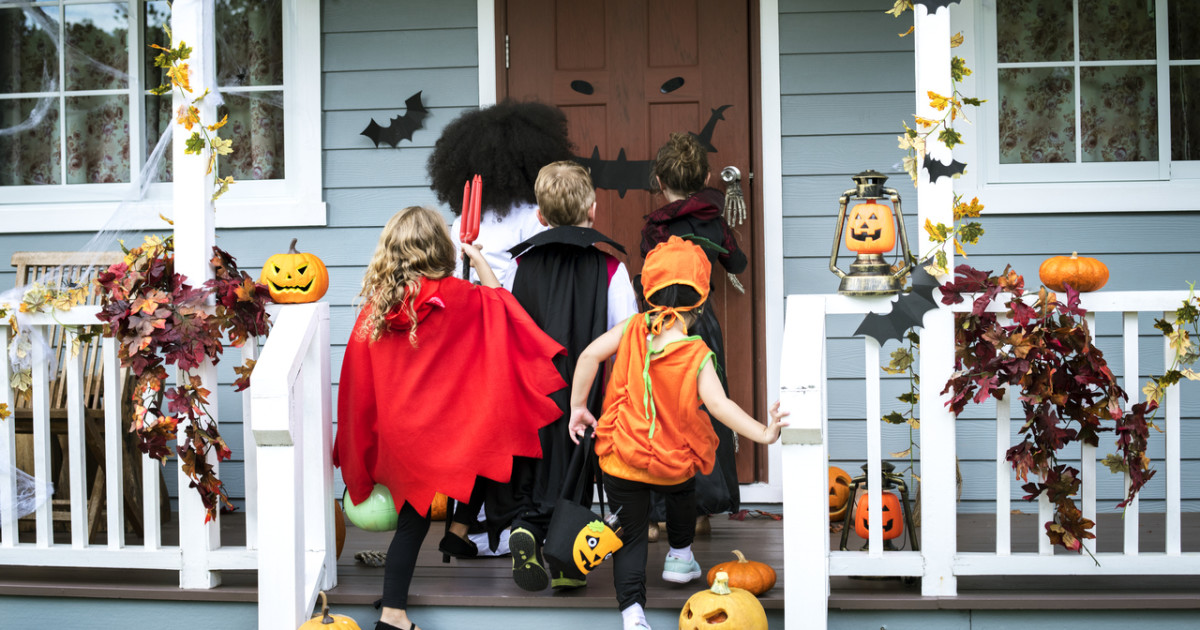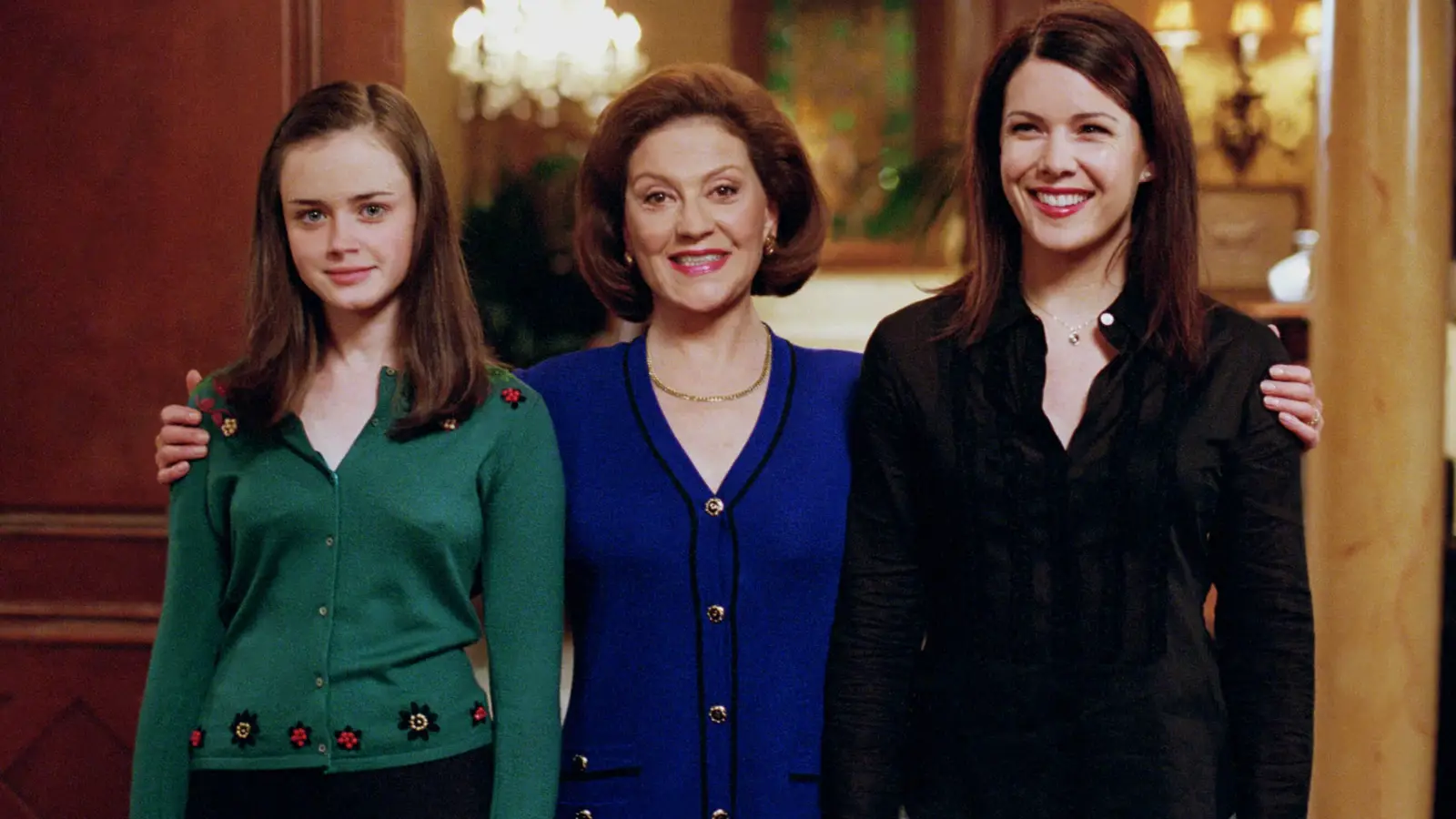Copyright Parade

Trick-or-treating is a beloved Halloween tradition for most kids, allowing them to parade their spookiest and silliest costumes in exchange for sweet treats. But what’s an acceptable time for trick-or-treating to start and end? Is it different when it’s on a school night? Find out the answer to this and more burning Halloween 2025 questions. Related: 95 Halloween Trivia Questions and Answers for the Scariest Day of the Year When Does Trick-Or-Treating Start in 2025? Trick-or-treat start times will vary, depending on where you live and how old the kids are. Typically, the earlier it is, the younger the trick-or-treaters will be. In most communities, trick-or-treating begins around sunset, which may vary by your time zone (but typically, on Halloween, it’s around 5:30 and 6 p.m.). A 2015 poll indicates that most respondents believe trick-or-treating should start at 6 p.m., with many also advocating for a 5 p.m. kickoff to the festivities. Trick-or-treat start times can also vary depending on what day of the week Halloween falls on each year. If Halloween falls on a weeknight, you may see costumed kids out and about when their parents are done with work. Related: 205 Howl-arious Halloween Jokes That’ll Make Kids and Adults Cackle With Laughter What Time Does Trick-Or-Treating End? Trick-or-treating, according to popular polling, typically ends around 9 p.m. each Halloween for older kids, with younger kids tiring out at around 8 p.m. Kids may tuck in earlier if it’s a school night (and many of their parents may have work in the morning). You can also look for simple cues, like neighbors turning their lights out, to figure out when it’s time to wrap up and take your loot home for the night. 🎬 SIGN UP for Parade’s Daily newsletter to get the latest pop culture news & celebrity interviews delivered right to your inbox 🎬 How To Trick-Or-Treat Safely Ensure that kids (especially those under 12) are supervised and that at least one child in every group is equipped with a flashlight. Make sure kids don’t go inside any strangers’ homes or vehicles for candy, and give your child a cell phone to use for emergencies. Set a curfew in advance, and for younger children, you may want to pin a note with their name and your contact information inside their costume in case of an emergency. To prepare your own home for trick-or-treaters, be sure your front porch or steps are well-lit and free of anything kids may trip over, and secure your pets to make sure they don’t run outside when you open the front door. You may also want to have a teal pumpkin on display to let kids with food allergies know they can get safe, allergy-free Halloween treats at your house. Related: Witch, Please—105 of the Creepiest, Crawliest and Spookiest Halloween Quotes At What Age Should You Stop Trick-Or-Treating? There isn’t a universal age limit to trick-or-treating. However, most individuals agree that 13 to 14 is the cutoff for most. Are There Places Where Trick-Or-Treating Is Illegal? Some communities have laws and regulations that limit trick-or-treating to certain age groups. For example, in Chesapeake, VA, there are city ordinances that restrict trick-or-treating to individuals 14 and under. In some cases, individuals who violate these rules can be charged with a misdemeanor. For this reason, it’s important to check local laws and regulations before trick-or-treating in your area. Why Do We Say “Trick-Or-Treat”? The phrase “trick-or-treat” first appeared in Canadian newspapers during the 1920s, and described children demanding candy/treats at different houses on Halloween. Similar to the older customs of souling and guising, the phrase implied that if a treat wasn’t given, some form of mischief (a trick) would follow.



